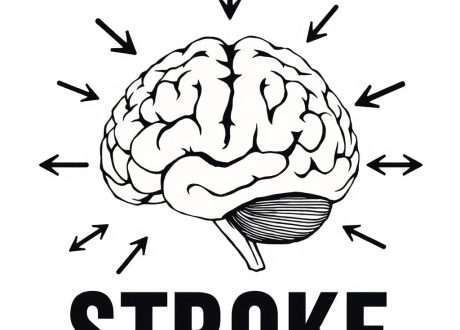TAKE-HOME MESSAGE
- In this study, a risk-stratification score was developed for the prediction of major arrhythmic events (MAE) Рђћ defined as sudden cardiac arrest, sudden cardiac death, sustained ventricular tachycardia, ventricular fibrillation, or appropriate ICD therapy Рђћ in patients with Brugada syndrome (BrS). The Predicting Arrhythmic Event (PAT) score was constructed on the basis of significant risk factors for MAE after performing a systematic review of 67 studies involving 7358 patients with BrS from 26 countries over 20 years. A PAT score of 10 or more had a high sensitivity (95.5%) and specificity (89.1%) for predicting the first MAE for primary prevention. It also outperformed existing risk-prediction scores, including the BRUGADA-RISK score (ROC, 0.9671 vs 0.7210; P = .006).
- This study validated the novel PAT risk score as a useful tool for predicting MAE in patients with BrS.












The quest for the perfect crystal ball
Risk assessment is an integral part of the daily practice of medicine. When confronted with any disease, one of the questions universally asked by patients is: "What about the future? What is going to happen to me?" The answers remain probabilistic even for the simplest medical conditions: "We will cure you, but… there may be a chance that your situation recurs." That is an acceptable answer in dealing with straightforward, nonРђЊlife-threatening problems. However, when medical issues are potentially deadly, an accurate evaluation of the future is desirable and expected by the patient and family. Unfortunately, we leave medical school with a diploma and a stethoscope, but they do not gratify our studies with a magic crystal ball.
To help us predict the future, we develop statistical models. While forecasting biological phenomena like symptoms, quality of life, and death with models, the responses are (by necessity) probabilistic, with certain sensitivity, specificity, and predictive values. A predictive model will never be perfect as no values can reach 100% in biology. In the search for the perfect crystal ball, it is thus understandable that each new model studied will push more and more toward excellent results. But the advancement curve is asymptotic, and it will never reach perfection.
Today, we can observe the progress made to assess the risk of arrhythmic events in patients with Brugada syndrome by creating a new risk score.1┬аRattanawong et al constructed this new score, Predicting Arrhythmic Event score, using worldwide polled analysis, a method with limitations. However, their score performs better than the three previously reported scores they used for comparison. While this is a positive finding, we must be aware of caveats. Most patients in the BRUGADA-RISK score data2┬аdid not undergo programmed ventricular stimulation, and the results could not be included in the analysis. Regarding the Shanghai score, this score is for diagnosing Brugada syndrome and is not a risk assessment tool.3┬аThe comparison with the Sieira score4┬аis also a difficult exercise. The series by Sieira et al includes patients with previous cardiac arrest, and the events predicted by the score relate to first and recurrent events. The Predicting Arrhythmic Event score tries to predict the first event in a very different population.
Thus, the quest for the perfect crystal ball continues while we progress. Risk assessment is a temporal problem. The day we have a simple, effective, and safe treatment for Brugada syndrome, we will no longer discuss risk stratification. We may treat everybody and free them all from any potential danger.
References